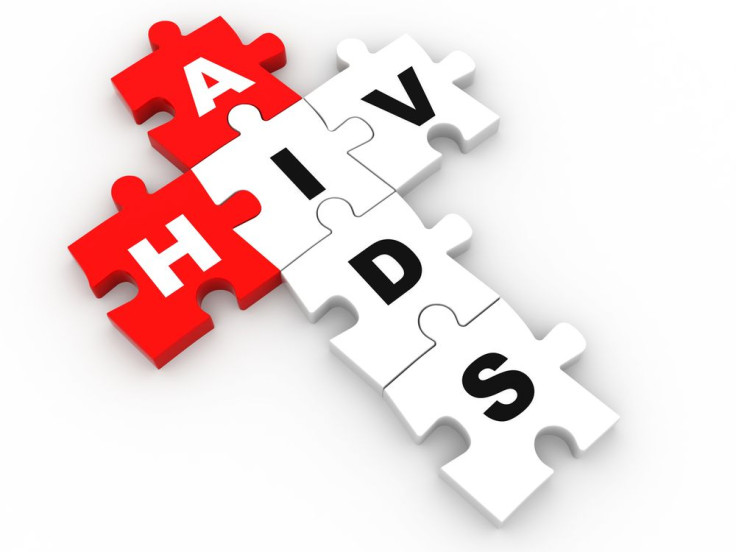HIV/AIDS Research Funding To Receive Additional $100M: 'The Time Is Ripe' To Pursue Cure 'With Vigor'

President Obama announced at a White House event on Monday that up to $5 billion would be given to the Global Fund to Fight AIDS, Tuberculosis, and Malaria over the next three years. The announcement, which marks the 25th annual World AIDS Day, includes various redistributions of funds, including an additional $100 million for the National Institutes of Health (NIH) to invest in research on a cure for human immunodeficiency virus (HIV) and acquired immune deficiency syndrome (AIDS).
During the 34 years since the virus was first discovered, scientists have struggled to find a cure and develop a vaccine, looking to everything from simian immunodeficiency virus — the monkey version of HIV — to a 3-year-old girl born with the virus, whose viral load was undetectable after early antiretroviral therapy (ART). Although the HIV/AIDS pandemic could end through a concerted effort to prevent its spread, “the development of a cure is critically important, as it may not be feasible for tens of millions of people living with HIV infection to access and adhere to a lifetime of antiretroviral therapy,” Dr. Anthony S. Fauci, director of the National Institute of Allergy and Infectious Diseases, said in a statement from the NIH.
Current therapies include cocktails of antiviral medications that are used to control the virus. A person who stops taking these medicines will eventually see their viral loads rise again, leading to the death of the immune system’s disease-fighting white blood cells, known as CD4+ T cells. If a person does not undergo treatment for HIV infection, their illness will eventually develop into AIDS — usually within 10 years.
The additional funds will help further the NIH’s understanding of the “cellular hiding places or ‘reservoirs’ of HIV, the development of new strategies to minimize or deplete these reservoirs, and encouraging reports of a small number of patients who have little or no evidence of virus despite having halted antiretroviral therapy,” Dr. Fauci said in the statement. "The time is ripe to pursue HIV cure research with vigor.”
A 2000 study from the Department of Medicine and Neurology at Johns Hopkins University found that upon infecting a person, the virus creates reservoirs of latently infected resting memory CD4+ T cells. Basically, these memory cells hold inactive forms of the HIV-1 DNA that could eventually be replicated. What’s more, the scientists found that eradicating these reservoirs could take upwards of 60 years of treatment.
There are currently 1.1 million people, ages 13 and up, living with HIV in the U.S., with another 200,000 undiagnosed, according to the Centers for Disease Control and Prevention. Worldwide, there are about 33.4 million people living with HIV/AIDS.
In his announcement, President Obama said, “we need to keep focusing on investments to communities that are still being hit hardest, including gay and bisexual men, African Americans, and Latinos … and we’re going to keep pursuing scientific breakthroughs. We will win this battle but it’s not over yet.”



























